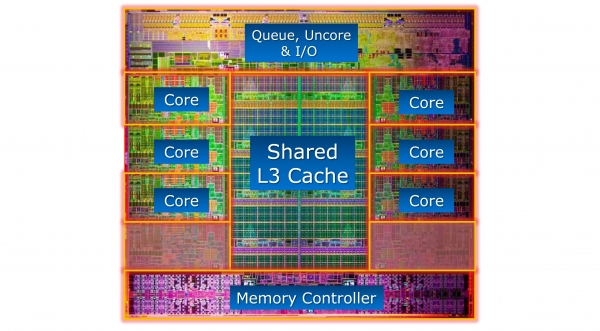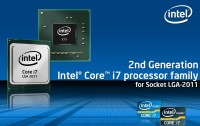
In this second part we will analyze in detail the performance of the Intel i7-3960X with Sandy Bridge-E architecture. Several tests will be run with various software, specific tests on the memory, CPU frequency, 3D and consumption scaling and overclocking. Very interesting are the comparison tests the Intel i7-980X.
In our previous article, which you can read at this address, we have analyzed the architecture and main features of this new processor. In this article, after a brief mention of its characteristics, we will analyze only the performance. Scaling tests will also be performed comparing with the Intel i7-2600K and the AMD FX-8150 Bulldozer CPUs. Finally there will be tests on consumption of the various platforms and overclocking tests.

The architectural innovations are not many. Sandy Bridge-E LGA 2011 platform is an evolution of the previous 1155 LGA platform. We find therefore a greater number of cores, bigger L3 cache (up to 15 MB), a greater number of memory channels (4), a larger number of PCI Express links (40), and some additional features such as a more flexible overclocking, supported memory frequency of 2400 MHz and the PCI Express 3.0.All taking advantage of the proven 32nm production process and a greater area available in the die, also considered the absence (of course) of the integrated graphics in this series of CPUs.
The LGA 2011 systems are dedicated to enthusiast users, the most hardcore gamer, and all professionals who want uncompromised performance, especially in price.
- Indietro
- Avanti >>

